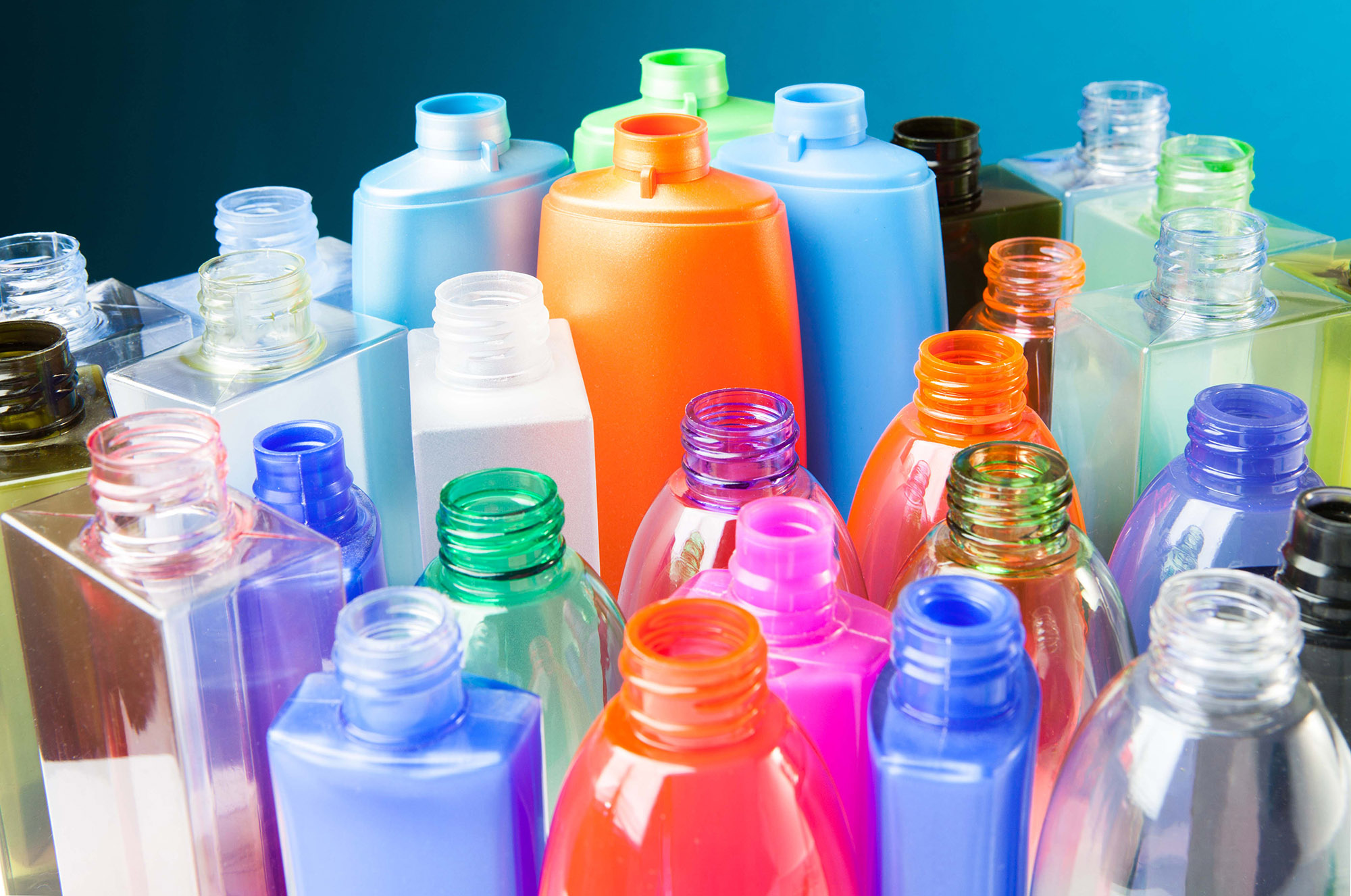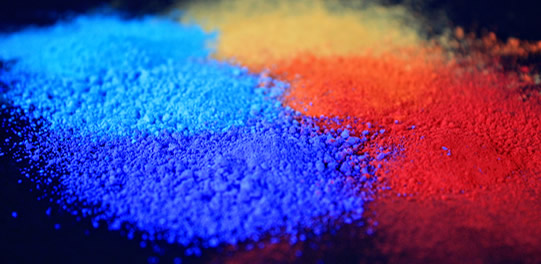Plastic pigments are more than just colorants—they are carefully engineered materials that impart durability, UV resistance, thermal stability, and consistent performance in a wide range of polymer systems. Whether you’re formulating masterbatch, injection-molded parts, or film-based packaging, choosing the right plastic pigment is critical to the success of any project. This guide walks you through pigment types, how they differ by polymer, key performance considerations, market dynamics, and industry insights.
What Are Plastic Pigments and Why Are They Important?
Plastic pigments are specialized colorants and functional additives designed for integration into polymer resins. Unlike traditional dyes or coatings, they must withstand high processing temperatures, harsh environments, and maintain stability over time. Beyond simply providing color, modern pigments enhance UV resistance, impact aesthetic quality, reduce migration, and ensure consistency across batches.
Key Types of Plastic Pigments: Organic vs Inorganic
When selecting a pigment, the first distinction is between organic and inorganic options. Organic pigments are carbon-based molecules offering intense hues, such as phthalocyanine blues or quinacridone reds. They often deliver rich color with low opacity but may require careful stabilization for heat and light exposure. Inorganic pigments, such as titanium dioxide, iron oxides, or cadmium-free yellows and reds, offer excellent opacity, UV stability, and weather resistance—though they may be heavier or costlier. Choosing the balance between shade depth, cost, opacity, and stability is key to picking the right family.

Pigment Options by Polymer Type
Different polymers demand specific pigments due to process temperature ranges, chemical resistance, and compatibility. Below are the tailored pigment solutions and links to relevant detailed pages:
-
Polyolefin Pigments: Designed for systems like polypropylene (PP) and polyethylene (PE), these pigments withstand extrusion and injection molding temperatures while maintaining color integrity. Polyolefin Pigments →
-
PVC Pigments: Engineered for flexible and rigid vinyl applications. These pigments maintain stable dispersion and color fastness in PVC formulations. PVC Pigments →
-
EVA Pigments: Compatible with ethylene-vinyl acetate copolymers used in films, adhesives, and lamination. Pigments here offer transparency or opacity as required. EVA Pigments →
-
Rubber Pigments: Formulated for EPDM, SBR, nitrile, and other elastomers used in seals, hoses, and extrusions. Focus is on abrasion resistance and color retention. Rubber Pigments →
-
Polystyrene Pigments: Suited to rigid and expanded PS applications like packaging, appliances, and toys. Pigments here must endure rapid molding cycles and deliver sharp color. Polystyrene Pigments →
-
ABS Pigments: Engineered for acrylonitrile-butadiene-styrene copolymer used in automotive trims, electronics housings, and consumer goods. Color consistency and thermal resistance are critical. ABS Pigments →
-
Polycarbonate Pigments: For PC used in high-performance applications, these pigments offer transparency or opacity with UV and heat resistance. Polycarbonate Pigments →
-
PBT Pigments: For polyester-based PBT resins used in structural parts, pigments resist chemical exposure and maintain mechanical performance. PBT Pigments →
-
PET Pigments: Designed for polyethylene terephthalate systems used in bottles, films, and fibers. Key features include low migration and clarity. PET Pigments →
-
Nylon Pigments: Suitable for polyamide formulations used in textiles, engineering parts, and connectors. Resistant to moisture and high temperatures. Nylon Pigments →
Applications Across Industries
Plastic pigments find wide use across key industries:
-
Packaging: Especially in PET, PP, and PE, pigments provide stable color, resist printing, and prevent migration into food products.
-
Automotive & Electronics: In ABS, polycarbonate, and PC blends, pigments maintain color in heat-intensive and UV-exposed environments.
-
Consumer Goods: Durable, high-clarity pigments are critical for appliances, toys, and decorative items—balancing visual appeal with safety.
-
Construction & Industrial Parts: Pigments in Nylon, PBT, and rubber enhance performance in seals, connectors, and structural components.

Performance Factors: Color, Stability & Safety
Selecting the right pigment means balancing multiple performance characteristics:
-
Color strength & coverage: Whether you need dense pigmentation or transparent/pearl effects, choose accordingly.
-
Thermal stability: Pigments must resist degradation or discoloration during polymer processing up to ~300 °C depending on the resin.
-
Lightfastness & UV resistance: For outdoor or high-UV exposures, inorganic pigments often outperform in retention of shade.
-
Migration & compliance: In food-contact PET or PVC applications, low-migration pigments certified for FDA or EU food regulations are essential.
-
Dispersion & compatibility: Uniform dispersion prevents streaking, clumping, or uneven coloration—especially in masterbatch and extrusion processes.
Plastic Pigments in Masterbatch & Compounding
Most pigments are distributed via masterbatch or pre-compounded concentrates. Optimal pigment dispersion ensures consistent color and processability. Factors that affect performance include oil absorption, flow behavior, and interaction with polymer carriers. High-quality pigments must integrate smoothly into carriers like PP, PE, or nylon without affecting melt strength, mechanical properties, or dimensional tolerance.
Choosing pigments from suppliers that offer tailored masterbatch formulations can dramatically reduce development time and improve batch-to-batch consistency.

Market Trends and Growth Forecast (2025–2032)
The global plastic pigments market is expected to grow steadily through 2032, driven by expanding packaging applications, automotive sector demands, and sustainable innovations. Key growth areas include:
-
High-demand pigments for electrical vehicles and electronic housing made with PC/ABS blends.
-
Eco-innovations such as low-migration pigments for food-safe packaging.
-
Special-effect pigments: pearlescent, metallic, fluorescent, and color-changing options.
-
Biocide or flame-retardant additives, often integrated into pigment blends.
-
Regional growth: Asia-Pacific continues to lead demand, with emerging markets investing heavily in industrial infrastructure.
Why Choose Fineland Chem for Plastic Pigment Solutions
Fineland Chem offers a comprehensive portfolio of plastic pigments tailored to each polymer substrate, backed by in-depth technical knowledge and consistent quality control. Whether your application requires high-thermal stability for polycarbonate, low-migration pigments for PET, or flexible pigments for EVA and PE, Fineland Chem has matching solutions across all major resin types.
Their products support full compliance with environmental and food-contact regulations, and their technical team provides custom shade development, dispersion assistance, and troubleshooting support. You can explore both main offerings and specialized pigment lines on the pages listed above, ensuring you match the correct pigment to your process and industry needs.
Conclusion: Matching the Right Pigment to the Right Plastic
Successfully selecting a plastic pigment hinges on understanding the interplay between polymer type, processing conditions, desired color effect, and regulatory needs. Start by choosing between organic or inorganic formulations based on aesthetic and durability goals. Match pigment families suited to your base polymer—whether polyolefin, PET, ABS, nylon, or rubber—leveraging specialized pages for deeper insight. Prioritize performance across thermal, UV, chemical stability, and dispersion quality. And always partner with a supplier like Fineland Chem, offering targeted pigments, technical guidance, and compliant formulations.
By aligning pigment choice with polymer properties and real-world application demands, you’ll achieve consistent color, optimal performance, and regulatory assurance—whether for packaging, consumer goods, automotive, or industrial applications.





